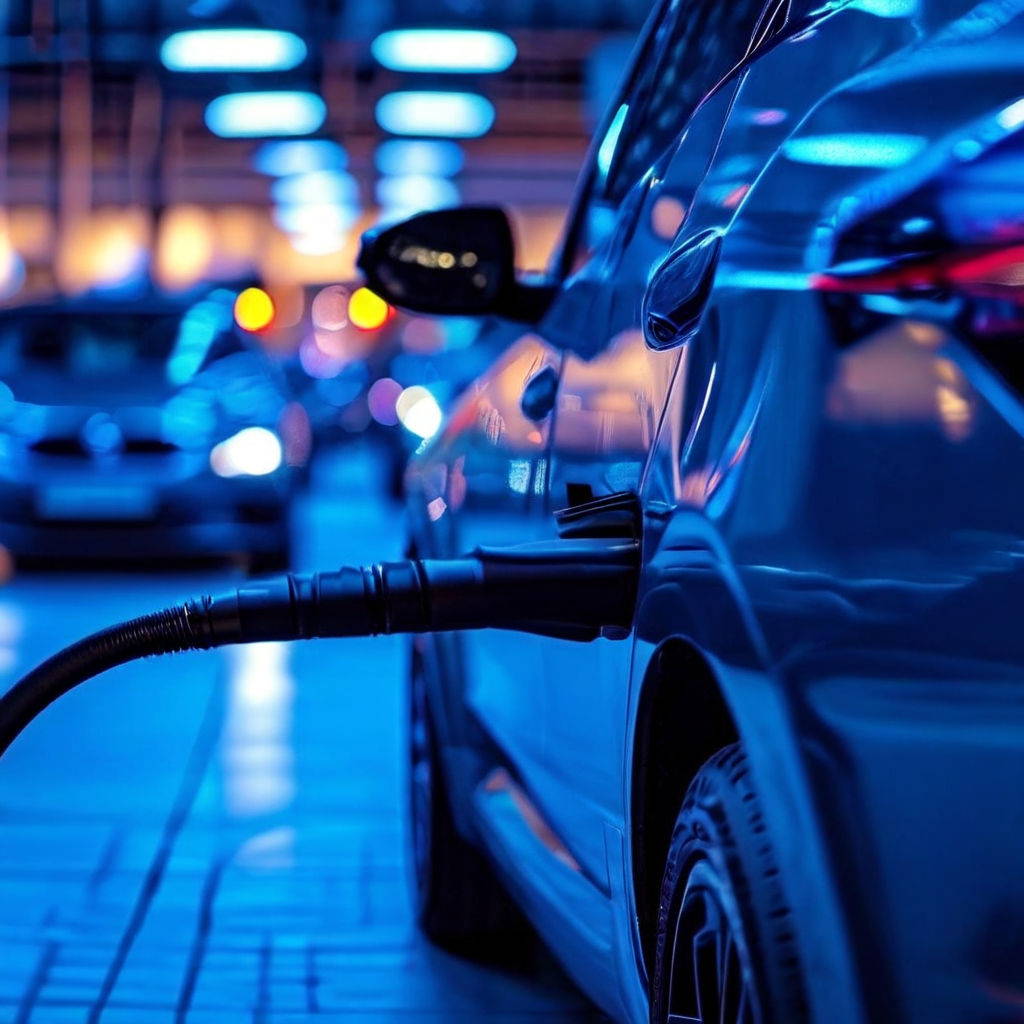
Range anxiety is a common concern among electric vehicle (EV) owners, referring to the fear of running out of battery power before reaching a charging station. Addressing range anxiety involves a combination of smart planning, understanding your EV’s capabilities, and employing strategies to maximize battery efficiency. This guide provides practical solutions to help you alleviate range anxiety and enjoy a more confident driving experience with your electric vehicle.
1. Understanding EV Range Anxiety
1.1. What is Range Anxiety?
Range anxiety is the apprehension that your electric vehicle might not have enough battery power to reach your destination or the next charging point. This can be influenced by factors such as battery life, charging infrastructure, and driving habits.
1.2. Factors Affecting EV Range
- Battery Capacity: The size of your EV’s battery directly impacts the distance you can travel on a single charge.
- Driving Conditions: Extreme temperatures, hilly terrain, and high speeds can reduce the effective range of your EV.
- Driving Habits: Aggressive driving, rapid acceleration, and frequent braking can decrease your EV’s range.
2. Practical Solutions to Reduce Range Anxiety
2.1. Plan Your Routes
- Use Range-Planning Apps: Utilize apps and navigation systems that show charging station locations along your route. Popular apps include PlugShare, ChargePoint, and A Better Route Planner (ABRP). These tools can help you plan efficient routes and identify charging points.
- Calculate Range Requirements: Before starting a trip, estimate the distance you need to travel and ensure your EV’s range meets or exceeds this distance. Factor in potential detours and stops.
2.2. Optimize Battery Usage
- Utilize Eco Mode: Most EVs have an Eco mode that optimizes power usage and extends range by adjusting the vehicle’s performance settings.
- Adjust Climate Control: Use climate control features sparingly, as heating and cooling can consume additional battery power. Precondition your vehicle while it’s still plugged in to use grid power for climate control.
- Maintain Moderate Speeds: Driving at high speeds can significantly reduce your EV’s range. Aim for moderate speeds and smooth acceleration to maximize efficiency.
2.3. Maximize Charging Opportunities
- Charge Regularly: Keep your EV’s battery charge above 20% whenever possible to avoid running low. Plug in your vehicle whenever you have the opportunity, even for short periods.
- Utilize Home Charging: Install a Level 2 home charging station for convenient overnight charging. This ensures your EV is fully charged each morning.
- Explore Public Charging Options: Familiarize yourself with local and regional charging networks. Many public charging stations offer fast charging options to quickly top up your battery.
2.4. Regular Maintenance
- Check Battery Health: Regularly monitor your battery’s health and performance. Over time, battery capacity can degrade, affecting range. Schedule routine maintenance to ensure your battery is in good condition.
- Keep Tires Properly Inflated: Under-inflated tires can reduce efficiency and range. Regularly check and maintain proper tire pressure according to your vehicle’s specifications.
3. EV Range Enhancements
3.1. Battery Upgrades
- Consider Larger Batteries: If you frequently travel long distances, consider upgrading to a vehicle with a larger battery capacity or a newer EV model with improved range capabilities.
3.2. Charging Infrastructure Improvements
- Support Expansion Efforts: Advocate for the expansion of charging infrastructure in your community. Increased availability of charging stations can reduce range anxiety and improve accessibility.
3.3. Utilize Range Extender Accessories
- Portable Chargers: Invest in portable chargers or emergency charging kits that can provide a temporary boost in case of unexpected low battery situations.
4. Conclusion
Addressing range anxiety involves a combination of proactive planning, efficient driving practices, and understanding your electric vehicle’s capabilities. By implementing these strategies, you can maximize your EV’s range, reduce anxiety, and enjoy a more confident driving experience. Regular maintenance, optimal battery usage, and leveraging available charging infrastructure are key to ensuring your electric vehicle remains reliable and ready for any journey.
FAQs
Q1: How can I find the nearest charging station for my EV?
- A: Use range-planning apps such as PlugShare or ChargePoint, which provide real-time information on charging station locations and availability along your route.
Q2: What should I do if my EV battery runs critically low?
- A: If your battery is critically low, locate the nearest charging station using your navigation system or a range-planning app. Many apps also offer directions to the nearest available charger.
Q3: How often should I charge my EV to avoid range anxiety?
- A: Aim to keep your EV’s battery level above 20% and charge it regularly. Plugging in your vehicle whenever you have the opportunity will help ensure you always have sufficient charge.
Q4: Can I extend my EV’s range by driving more slowly?
- A: Yes, driving at moderate speeds and avoiding rapid acceleration can improve your EV’s efficiency and extend its range. Smooth driving helps conserve battery power.
Q5: Are there any accessories that can help with range anxiety?
- A: Portable chargers and emergency charging kits can provide a temporary boost in case of unexpected low battery situations. Additionally, investing in a vehicle with a larger battery capacity can help reduce range anxiety.

